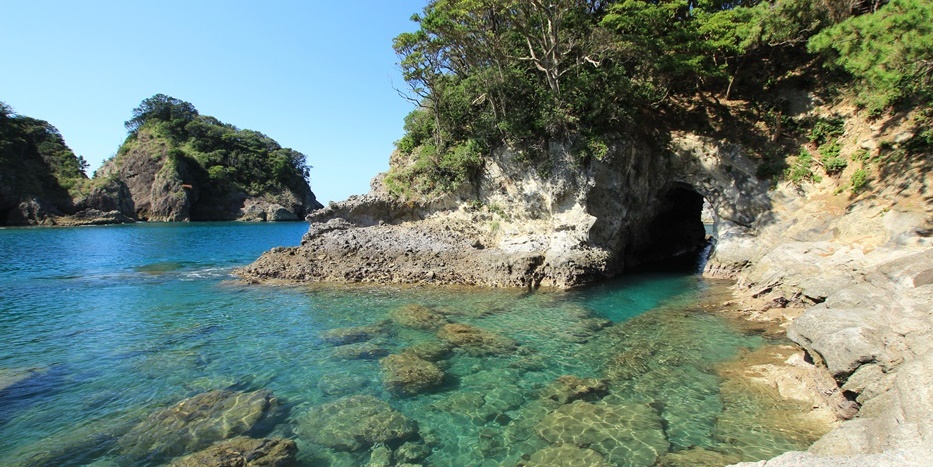
Coasteering is hiking or swimming (often both) along the coastline at sea level, typically on the part that’s more or less clear at low tide. It’s usually a slippery and wet activity where one needs to take waves, the tide, wind, rocks, cliffs, pools and whirlpools, caves, sand, mud, and so on.
It involves quite some exertion: climbing, scrambling using hands and feet, jumping, wading through mud or water, swimming, and so on. Nevertheless, it’s a healthy physical activity that pumps up our blood circulation, requires smooth motor coordination of our body, and demands of our muscles and joints to get to work, while it also let us profit from the beauty and benefits of being near the sea and — depending on where one is — spectacular (rocky) shorelines.

On the mental level it requires paying proper attention, planning, and preferably knowledge of the environment; each step you take calls for our full awareness.
Coasteering can also give us the opportunity to explore natural environments that are not accessible during high tide, such as certain caves, rocks, or specific parts of the shore or beach.
As a rule, the activity can be done all year around, and lasts a few hours up to a whole day. When it also involves overnight stays, coasteering is rather called seatrekking.
As for equipment, you will often use a wetsuit, protective clothing, shoes or boots with good grip, buoyancy aids, gloves, a helmet, essential first aid materials, and/or sunscreen to ensure optimal protection. In the case of seatrekking, you’ll also need equipment for your overnight stays and meals. It’s advised not to go coasteering alone, but at least with a partner, or else in a larger group with a guide.
Nevertheless, there are some particular risks involved with coasteering, such as being swept away by currents, cold water shock, sudden changes of the weather, being caught in rocks or objects, drowning, hypothermia, hitting against rocks, and in general (when wading or swimming) having impact with objects on the bottom or that float in the water.
















